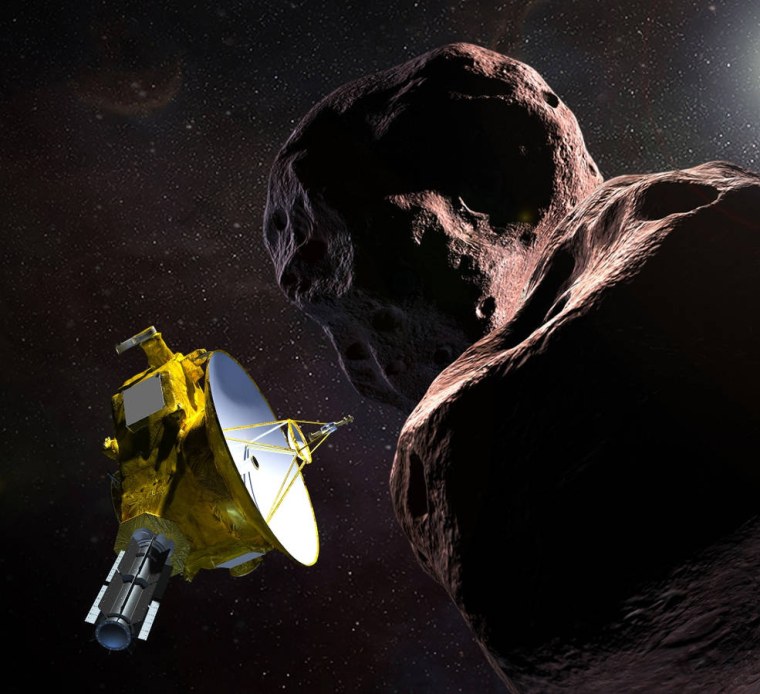A NASA spacecraft on New Year's Day flew by an object farther than any spacecraft has before — 4 billion miles from Earth.
NASA received a signal from the New Horizons spacecraft Tuesday morning that it had reached a small space object known as Ultima Thule 10 hours earlier.

Team members gathered at Johns Hopkins University's Applied Physics Laboratory, home to Mission Control, cheer upon receiving the signal, which took so long to reach them because the small, icy object is 4 billion miles from the Earth and 1 billion miles from Pluto.
The full scope of observations made by New Horizons will take nearly two years to beam back to Earth.
The spacecraft provided the first close-up images of Pluto about 3 1/2 years ago when it traveled past the dwarf planet.

In honor of the spacecraft's latest endeavor, Queen guitarist Brian May, who is also an astrophysicist, debuted a song at the Johns Hopkins University's Applied Physics Laboratory that he wrote for the event.
